Fish
The River Kennet has a varied range of habitats, from its source in Wiltshire to its confluence with the Thames at Reading, Berkshire.
Some species, such as bullheads, minnows and brown trout are widely distrubuted throughout the river, whilst other species such as barbel and grayling and are more specific to certain areas of the river, depending on the availability and quality of suitable habitat.
In the upper part of the river, fish from the Salmonidae family are more prevalent, and species such as the native brown trout Salmo trutta and European grayling Thymallus thymallus are commonplace, although, despite reintroduction efforts, the Kennet and its tributaries do not support Atlanitc salmon Salmo salar. The rainbow trout Oncorhynchus mykissalso occurs in the river as an escapee, and through stocking and can usually be distinguished by the purplish band on its flanks.
In the middle and lower reaches of the river around Newbury towards Reading there is a transition in fish assemblage with fish from the Cyprinidae family becoming more prevalent with species such as barbel, bleak, chub, roach, gudgeon, bream and dace found in most areas. Perch from the family Percidae are also found.
Pike are often easy to spot when they sun themselves near the surface, usually in relatively deep, slow flowing waters. They favour weedy stretches. Pike are from the family Esocidae.
The smaller fish are most easily found by searching, jiggling among the stones and riverbed gravel or amongst aquatic plants with a fishing net, it shouldn't be long before you find bullhead, three-spined stickleback and possibly stone loach.
Less common in the river is the European eel anguilla anguilla, which historically has been an important part of the river economy, but is rarely sighted today. The smaller brook lamprey Lampetra planeri, sometimes mistakenly called Lamprey eel, is an ancient jawless fish, and can be found in the silty margins and even seen spawning in clean gravels in the spring.
Like all living organisms, the success of a population is determined by the availability and quality of suitable habitat. ARK is focussed on working with stakeholders to create, restore and enhance habitats that support healthy fish populations throughout the river.
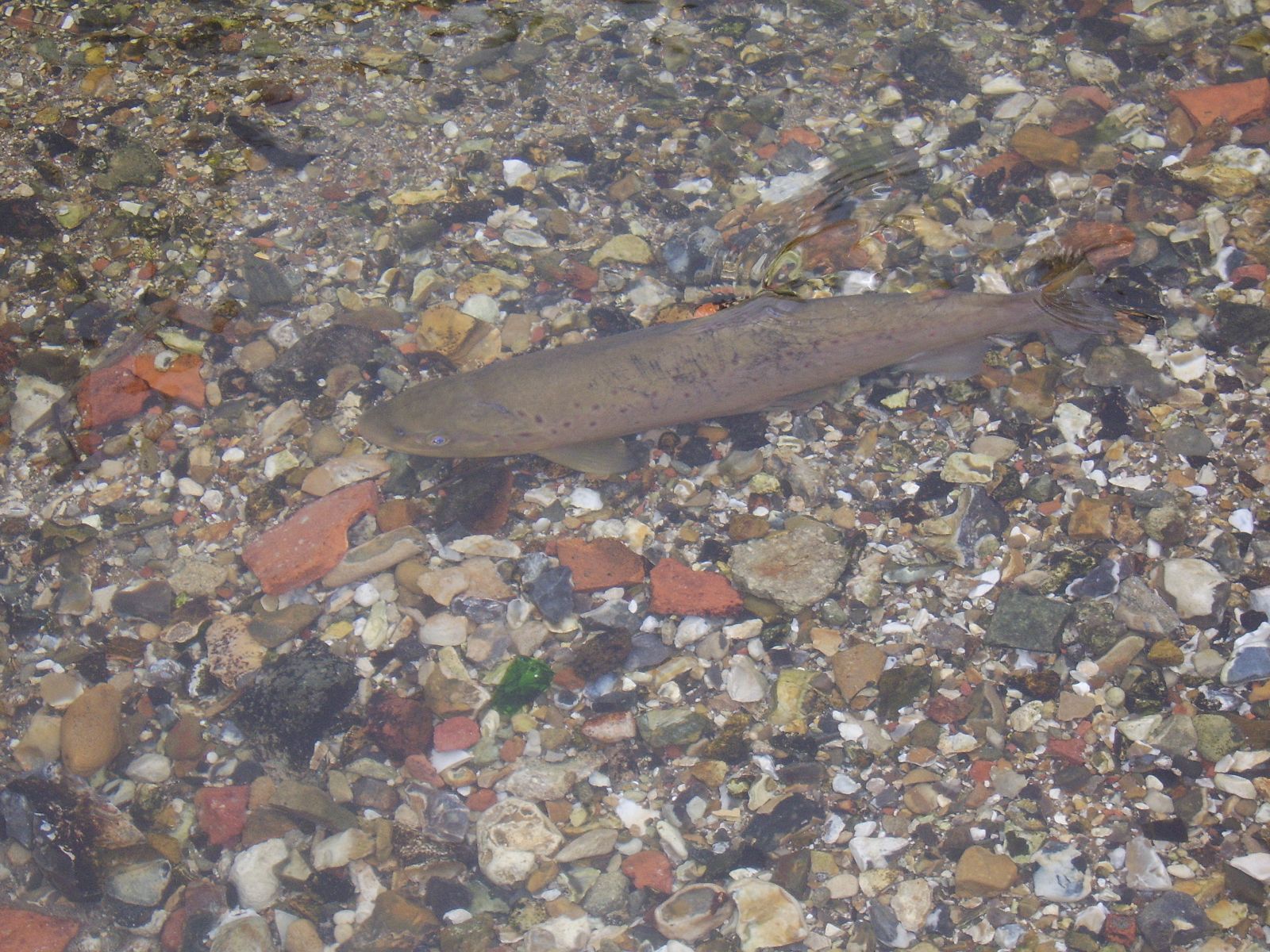
Above: Brown trout
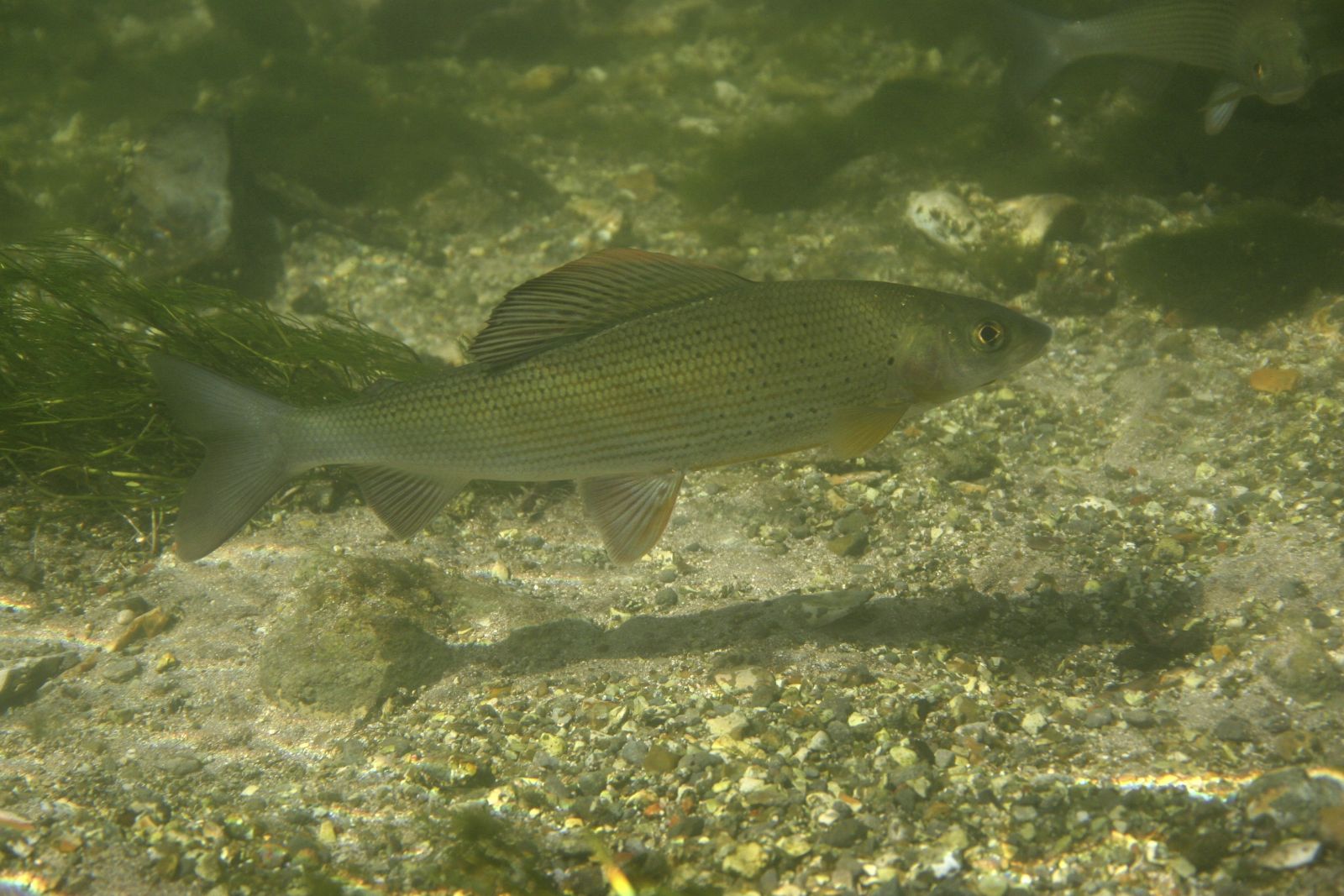
Above: Grayling by David Miller
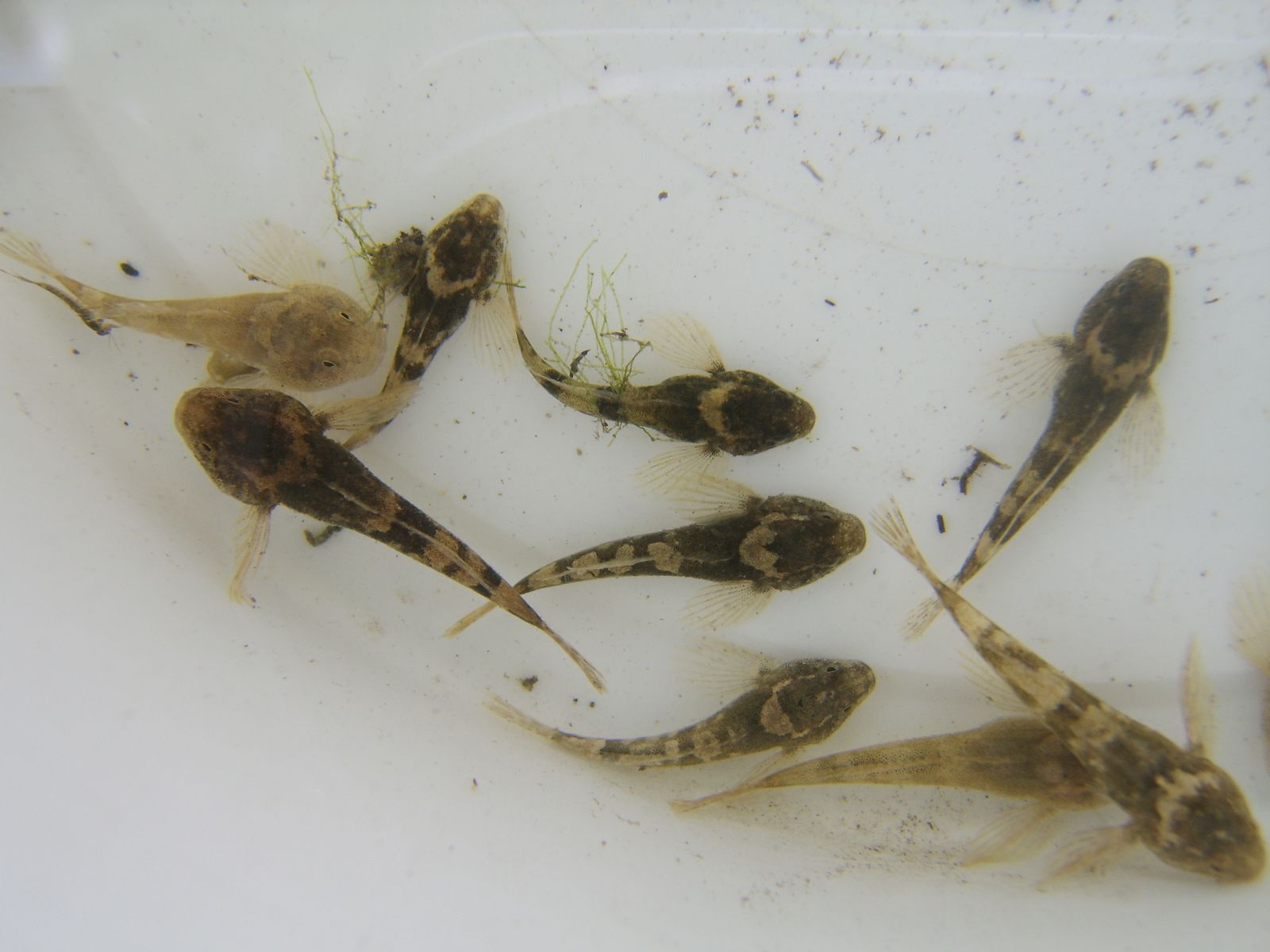
Above: Bullhead
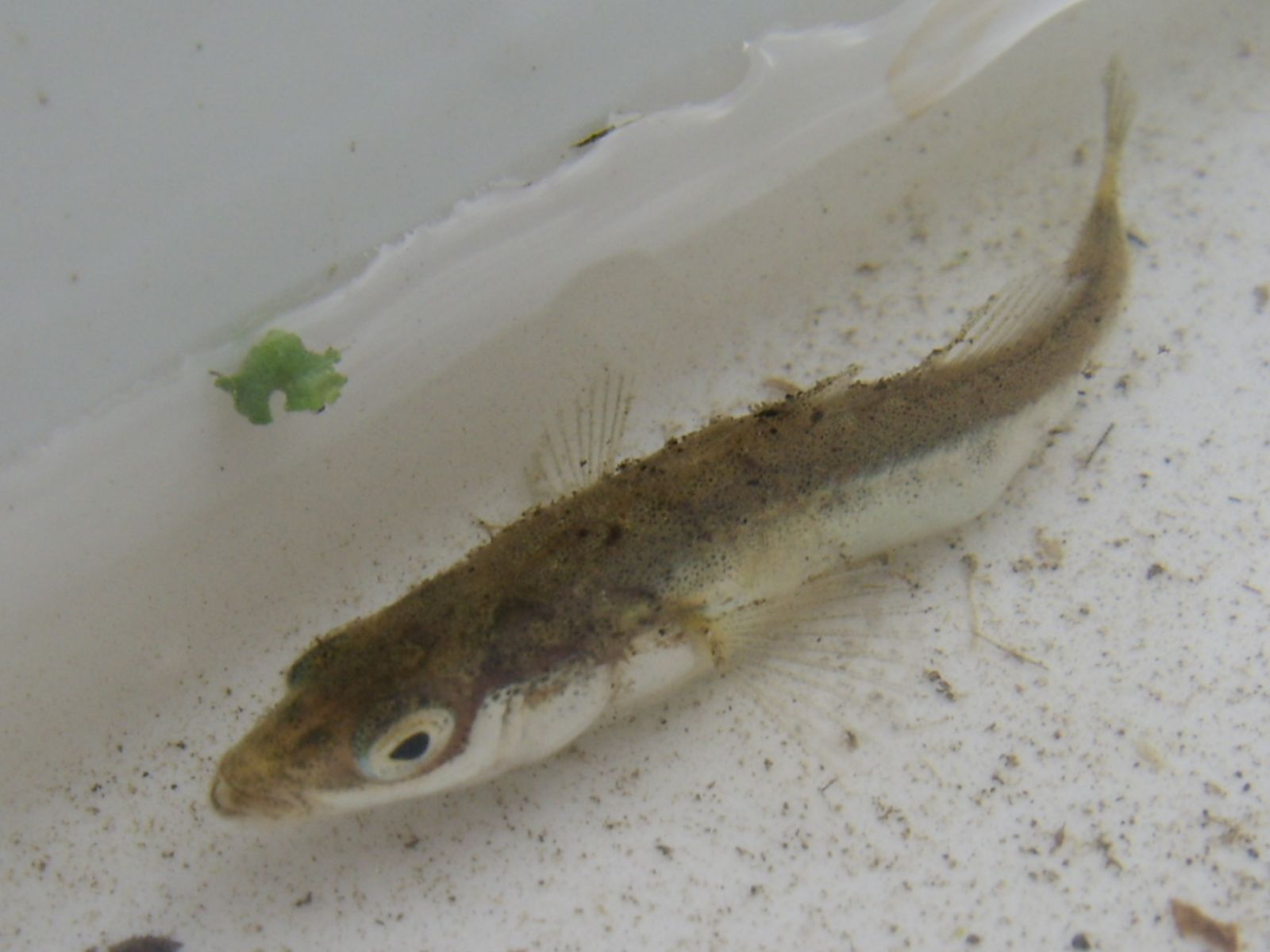
Above: Three Spined Stickleback
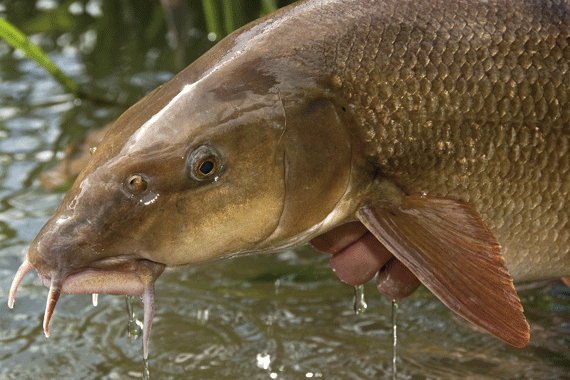
Above, Barbel (credit: The Barbel Society)


